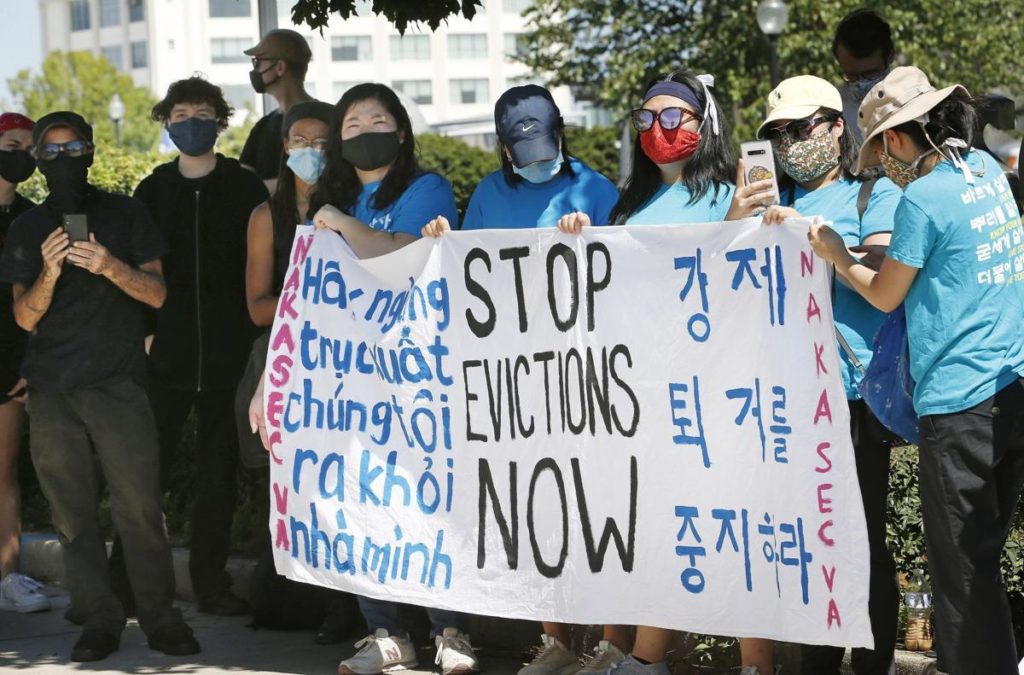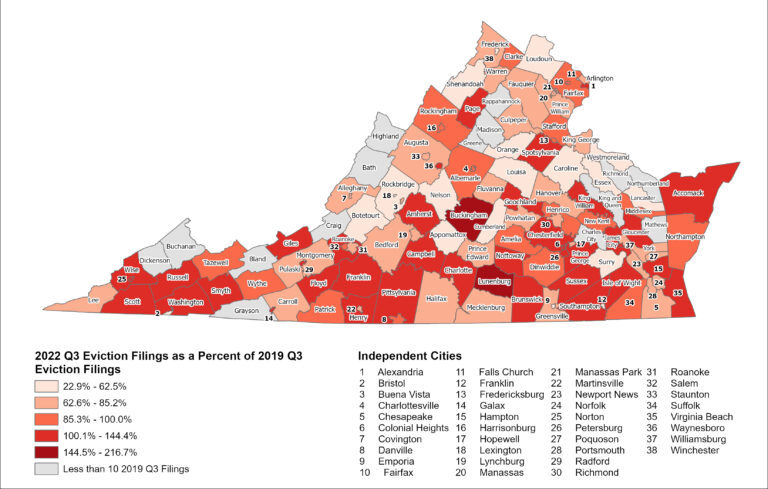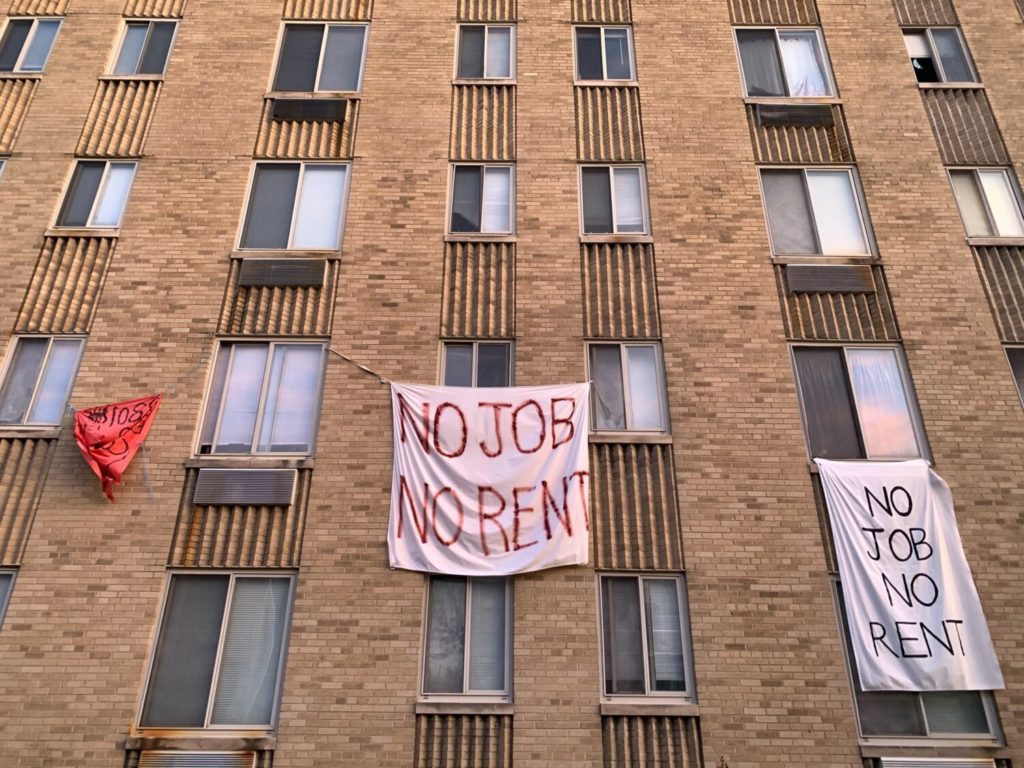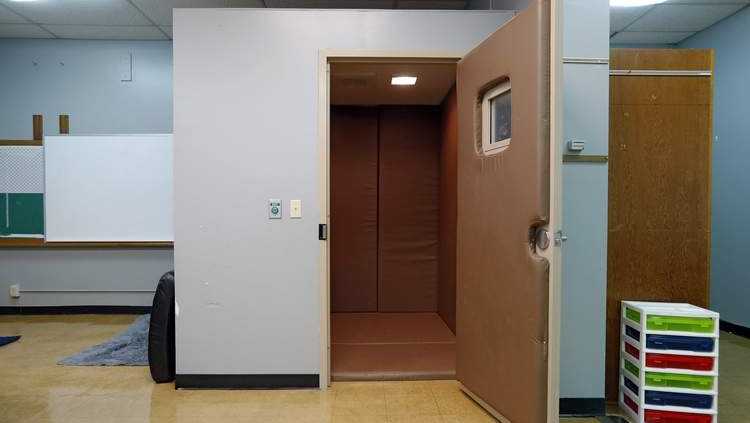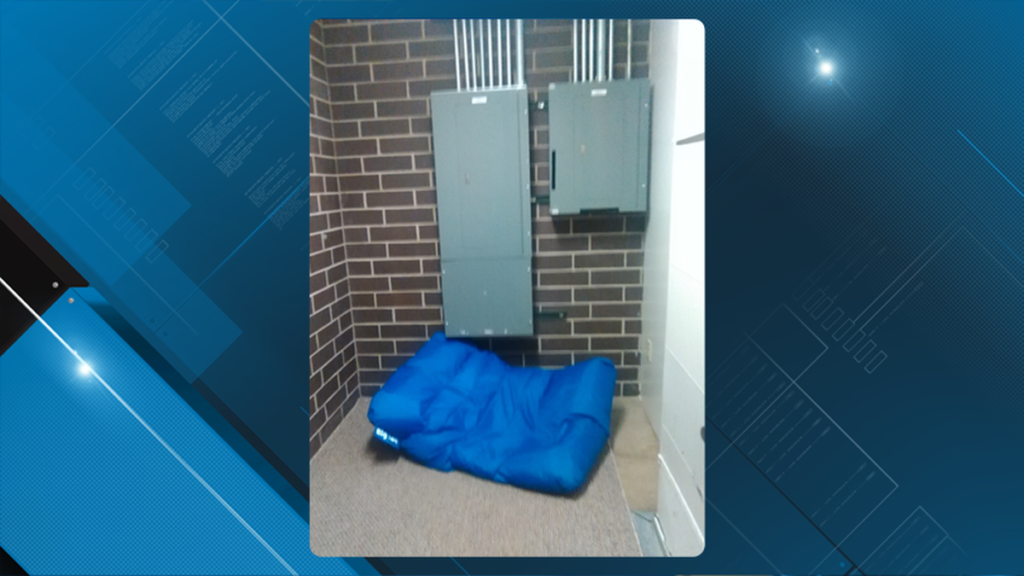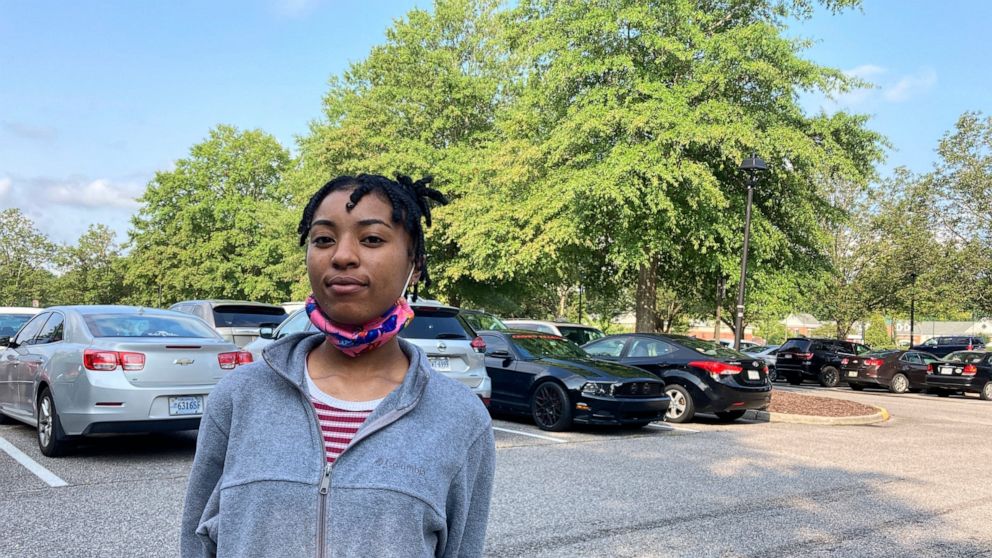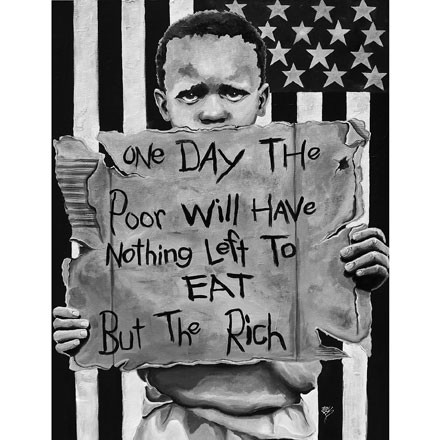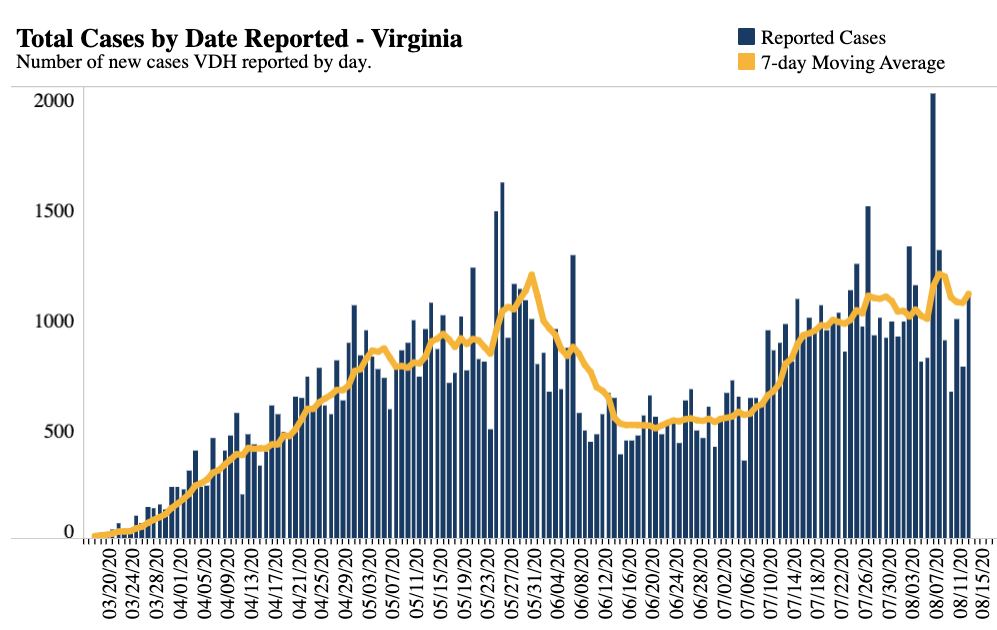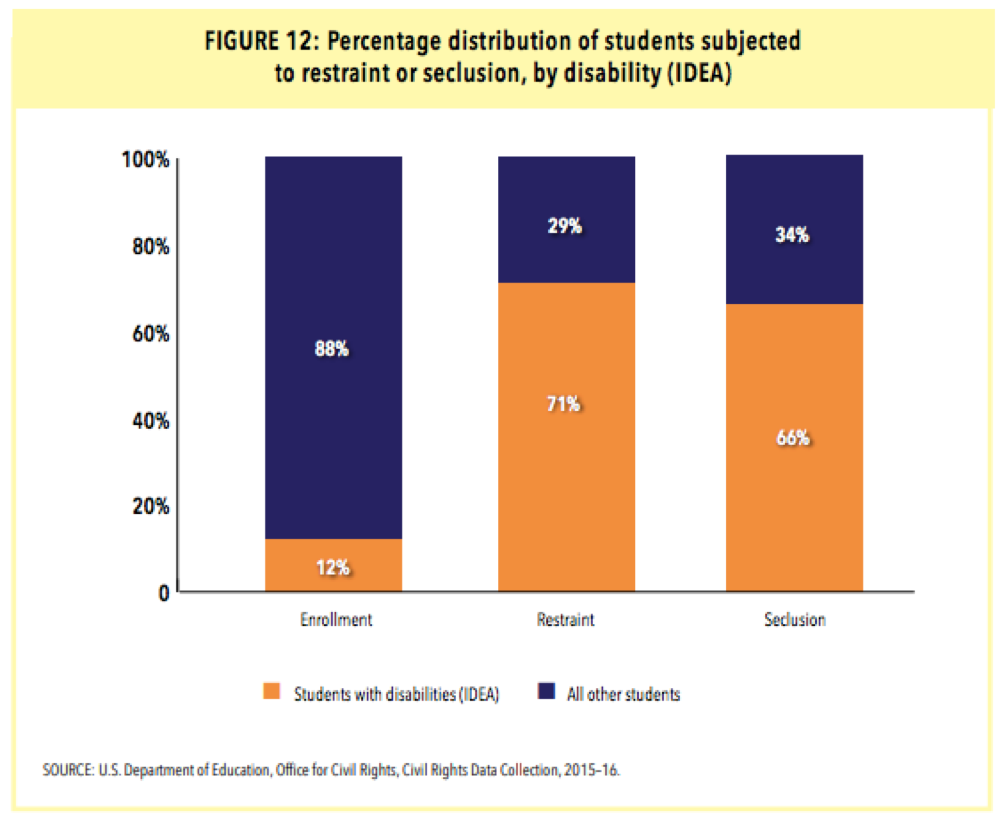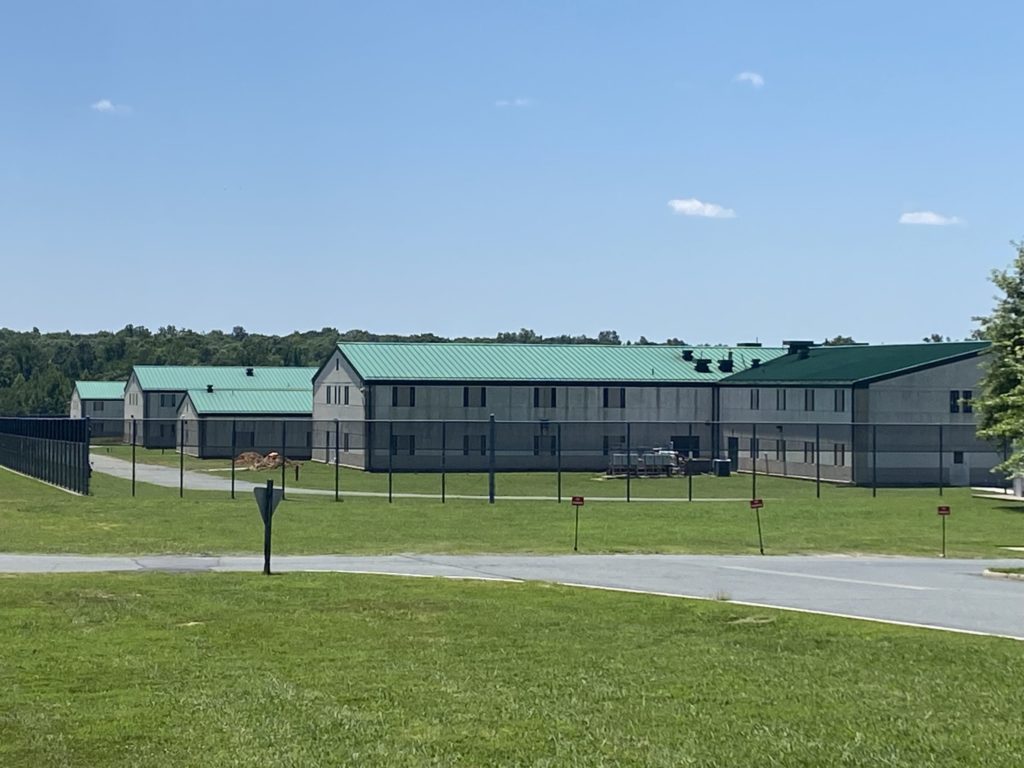
Virginia operates four `correctional facilities’ for women: Deerfield Work Center for Women; the Central Virginia Correctional Unit #13; the Virginia Correctional Center for Women; and Fluvanna Correctional Center for Women. In the October 2022 monthly census report, the Deerfield Center reported no `residents’ and the Central Virginia Correctional Unit doesn’t disaggregate male and female incarcerated persons in its census. That leaves Fluvanna and Virginia Correctional. Together they reportedly housed 1202 women, 768 women in Fluvanna and 434 in Virginia Correctional Center. For years, Fluvanna has been known as a place that routinely violates women’s rights, bodies, lives, hopes and dreams, and does so without compunction, all in the name of “correction”. In 2016, Fluvanna settled a lawsuit claiming its medical care was so bad that it violated the U.S. Constitution’s ban on cruel and unusual punishment. In 2019, Fluvanna continued to have “life-threatening medication failures.” And now, six years later, the court-appointed monitor’s most recent report shows that the medical care at Fluvanna is still failing the residents. So is general treatment of the incarcerated women, and that’s the reason Shebri Dillon is suing the facility, for its practice of routine strip searches.
Shebri Dillon was sentenced to Fluvanna for having engaged in a fraudulent real estate deal. Since she’s been at Fluvanna, she’s been a model prisoner, but that doesn’t matter when it comes to strip searches: “I live in the prison’s honor wing. I’ve never had a drug history, and I don’t have a violent history …. It’s akin to rape, because you have to leave your mind to be able to perform this – like leaving your reality, pretending you’re somewhere else. I mean you’re getting naked and showing the inside of your body orifices to a complete stranger … You don’t want to tell people when something abusive happens to you that is embarrassing and humiliating. I don’t want to tell you that somebody has looked at my tailgate, some of which may have been looking at me sexually, some of whom may be looking at me like I was the scum of the earth.”
For years, Shebri Dillon subjected herself to the sexual violence of strip searches, kept her silence, as did those around her. Then something changed. Covid and the long lockdowns: “When we had no visitation due to COVID, all of our movements were incredibly restricted, drugs exploded in here, because the corrections officers don’t make enough money, and half of them don’t stay here very long. They bring it to people who are locked in cages, can’t do anything, can’t go anywhere.” In 2021, there were 19 incidents involving drugs being smuggled into Fluvanna. Three of those involved visitors, the other 16 involved staff. But the routine strip searches continued, and not only did they continue, but with staff shortages, counselors, librarians, secretaries were asked to observe. All in the name of security, all in the name of corrections.
And so Shebri Dillon sued: “I understand we’re in prison. I understand there are security issues, but they also have to understand that we are human beings, and that a lot of the practices are degrading. They’re dehumanizing, and if they serve no security purpose they need to be revisited.”
Eight years ago, almost to the day, writing of the conditions in Fluvanna, we asked, “What exactly is the State “correcting” when it violates women’s rights, bodies, lives, hopes and dreams, and does so without compunction? What is the public policy here that condemns women on the basis of their gender? Want to end violence against women? End the epidemic of mass incarceration of women. Do it now!”
Strip searches are intrinsic to incarceration. Children in custody in the United Kingdom are routinely traumatized. Some respond by self-harming and attempting suicide. Aboriginal women and girls in Australia are disproportionately strip searched, and many of them respond by self-harming and attempting suicide. Ending strip searches in Fluvanna would be an important step. Ending mass trauma and violence against women and girls would be an important step, on the way to ending the epidemic altogether. Shut down Fluvanna and all its `sister institutions’. Do it now!
(By Dan Moshenberg)
(Photo credit: The Appeal / Rob Poggenklass)
